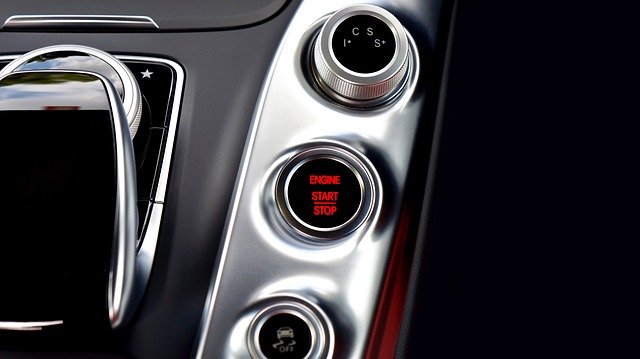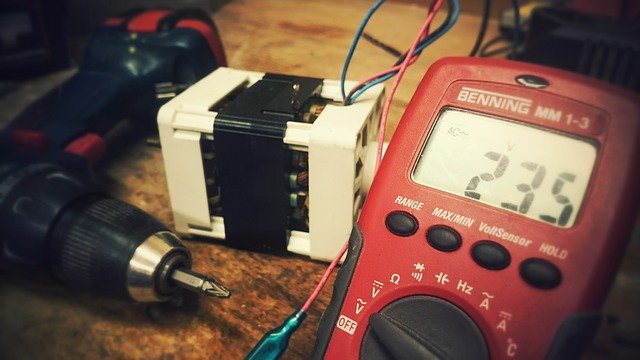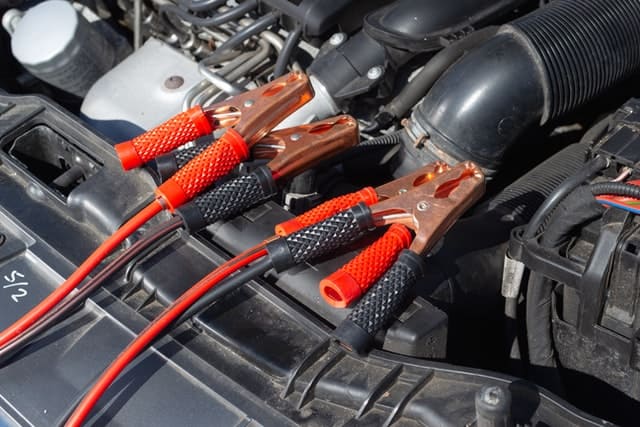Last Updated on October 25, 2023 by Chase Manhattan
A dead battery must be replaced. Recharging won’t work if the battery keeps dying. A corroded battery or an old battery loses its capacity. If you drive around with a bad battery you will be stranded on the road eventually. If that happens, you need to learn how to change a dead battery.
- Turn off your car.
- Disconnect the negative terminal.
- Disconnect the positive terminal.
- Unscrew the fasteners.
- Remove the battery.
- Put a new battery in place.
- Connect the fasteners.
- Connect the positive terminal.
- Connect the negative terminal.
- Try starting the car.
That’s how you change a car battery. You need to be sure that the problem is with your battery and not the alternator. Follow this guide to find out whether you have a dead battery, and why you have a dead battery.
Quick Navigation
What Happens When Your Battery Dies

Car batteries have a limited lifespan. Most batteries last around 3-4 years. Batteries can get damaged and are prone to self-discharge too.
A completely dead battery won’t be able to start the car. A dead battery won’t be able even to crank the engine a little bit. Nothing in the electrical system works with a dead battery. The headlights won’t work as well.
The good thing about car batteries is that they show signs of dying before completely failing.
The car will have problems with starting. A bad battery will make the engine stall when starting. There won’t be enough cranking amps. The headlights will be dimmed. And, some cars show the status of the battery on the dashboard.
Keep in mind, the car not starting doesn’t necessarily mean that your battery is dead. There may be other problems that you are not aware of. If the entire electrical system isn’t working, your battery is dead. If the electrical system work, your car cranks but it’s not starting, your battery may be okay.
[Related Article: How Long Does A Car Battery Last]
How To Test A Car Battery

Most beginners don’t know about the alternator in the car. So, when their car battery dies, they change it without checking the alternator. A faulty alternator can lead to a dead battery.
If you change the battery without fixing the alternator, the battery will die again. That’s why you need to find out why your battery died. The alternator is responsible for charging the battery.
You can easily find out the state of your car battery and the alternator by doing a simple test. To test a car battery you will need a multimeter. This device measures the current-voltage of the car battery.
Testing A Car Battery With A Multimeter
- Turn off the engine.
- Turn on the headlights for 2 minutes.
By doing this you are getting rid of any surface charge. - Set the multimeter to 20 Volts.
- Connect the red plug to the red terminal.
Place it between the wires on the terminal. - Connect the black plug to the positive terminal.
- Check the multimeter’s readings.
The ideal voltage of a car battery when the engine is off is 12.6 Volts or above. If your multimeter reads anything below 12.6, you have a bad battery. [Source]
Testing A Car Alternator With A Multimeter
- Set the multimeter to 20 Volts
- Insert the red plug in the negative terminal.
- Insert the black plug in the positive terminal
- Check if the battery is okay with a turned-off engine.
- Turn on the car’s engine.
- Check the multimeter’s readings.
Now you should have readings above 13.9 Volts. That means your battery is being charged properly. Anything below that means you have a faulty alternator. [Source] - Turn on the radio, headlights, and any energy wasters.
With the radio and other electronics on, the readings should not drop below 13.9 Volts again.
Replacing A Car Battery
Once you make sure that your alternator is okay, you can go ahead and replace your battery. If your alternator damaged the battery, you will need to change both the alternator and the battery. Here’s how you install a car battery.
Removing A Car Battery
- Get a new car battery.
Make sure to get the right size and cranking amps for your car model. Here’s where you can get some help with that. You can also do a quick Google search of your car model to find out. Note, if you buy a car battery in-person, the worker there will offer to change it. - Turn off the engine and take out the key.
- Remove the negative terminal first.
- Remove the positive terminal second.
- Disconnect the battery from the fasteners.
Car batteries are fixed into place with fasteners or hold-downs. You need to disconnect these before removing the battery. - Lift up the battery and remove it.
- Clean up the terminals.
Installing A Car Battery
- Place the battery into place.
- Connect the fasteners or hold-downs.
Some tools like a wrench may be required for this. - Connect the positive terminal first.
- Connect the negative terminal second.
- Try starting the car.
Can You Recharge A Dead Battery
Car batteries die at the worst time possible. You are left with no car to buy a battery. Can you jump-start the car and recharge the battery?
A completely dead battery can’t be recharged. Dead batteries do not have enough cranking amps to start the car. Even if the car is able to start, the battery is not charging properly. Its capacity is diminished and will quickly die again.
I don’t recommend driving with a dead battery that you tried to recharge. Most likely, you will be stranded on the road somewhere.
Related Questions And Other FAQs
Why Has My Car Battery Suddenly Died
New car batteries suddenly die when they are corroded or not being charged properly. A faulty alternator won’t charge a battery. Cold temperatures can lead to battery corrosion which in turn will damage the capacity of the battery.
What Are The Signs Of A Battery Going Dead
A dying car battery will show signs that it’s failing. One of the most obvious signs is that there are not enough cranking amps. The engine will stall and have trouble starting. The electrical system will have problems working as well. Another obvious sign is dimmed headlights.

